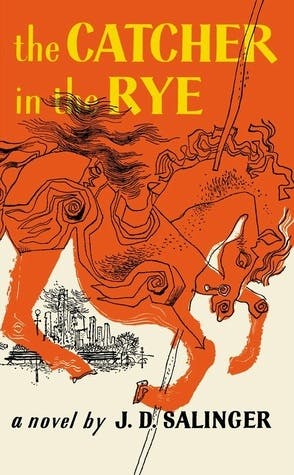The Great Gatsby Summary
Key Takeaways
- The American Dream is both a motivator for ambition and a source of unfulfilled desires.
- Wealth and status are powerful but ultimately hollow without genuine relationships and self-awareness.
- The glamour of the Jazz Age masks deeper social and personal disillusionments.
- Gatsby's tragic pursuit of his idealized love reflects the destructive nature of obsession.
- Fitzgerald critiques the decay of social and moral values in the pursuit of wealth and pleasure.
🌿 ReflectBay
Overthinking again?
You're not too much. You're just overwhelmed and it's okay. We help you untangle the noise and feel calmer.
We'll help you...
Summary
The novel is narrated by Nick Carraway, a young bond salesman who rents a house next door to the mysterious and wealthy Gatsby, known for his extravagant parties. Nick becomes both a confidante and a witness to Gatsby’s obsessive love for Daisy, who lives across the bay with her husband Tom.
Gatsby's fortune is revealed to be the result of criminal activities, a fact he overlooks in his single-minded pursuit of Daisy, whom he met and fell in love with years before when he was a young military officer.
The story builds to a climax involving a tragic car accident that leads to Gatsby's downfall and reflects the moral and spiritual decay hidden behind the façade of wealth and glamour.
The Great Gatsby' is a poignant critique of the American Dream, illustrating the conflict between true love and material wealth, and the illusions people build about what life and happiness should be.
Also recommended

The Catcher in the Rye
J.D. Salinger
To Kill a Mockingbird
Harper Lee
